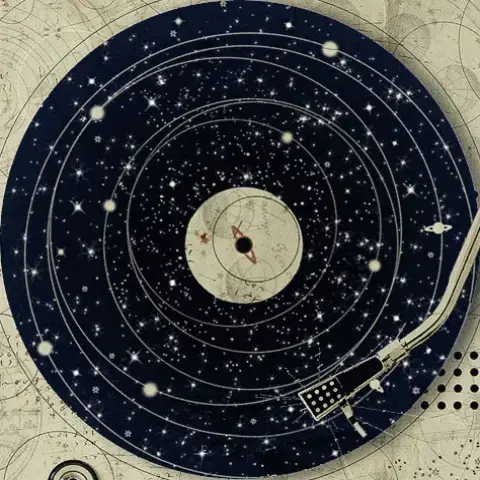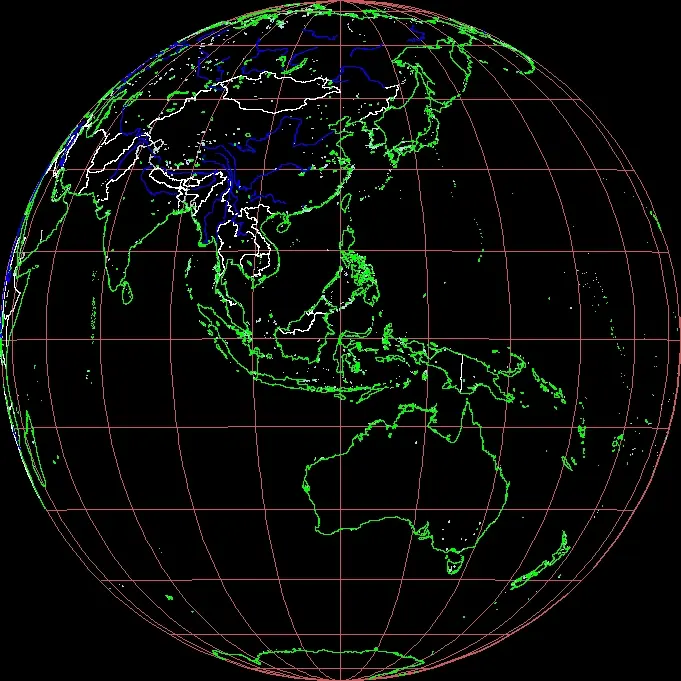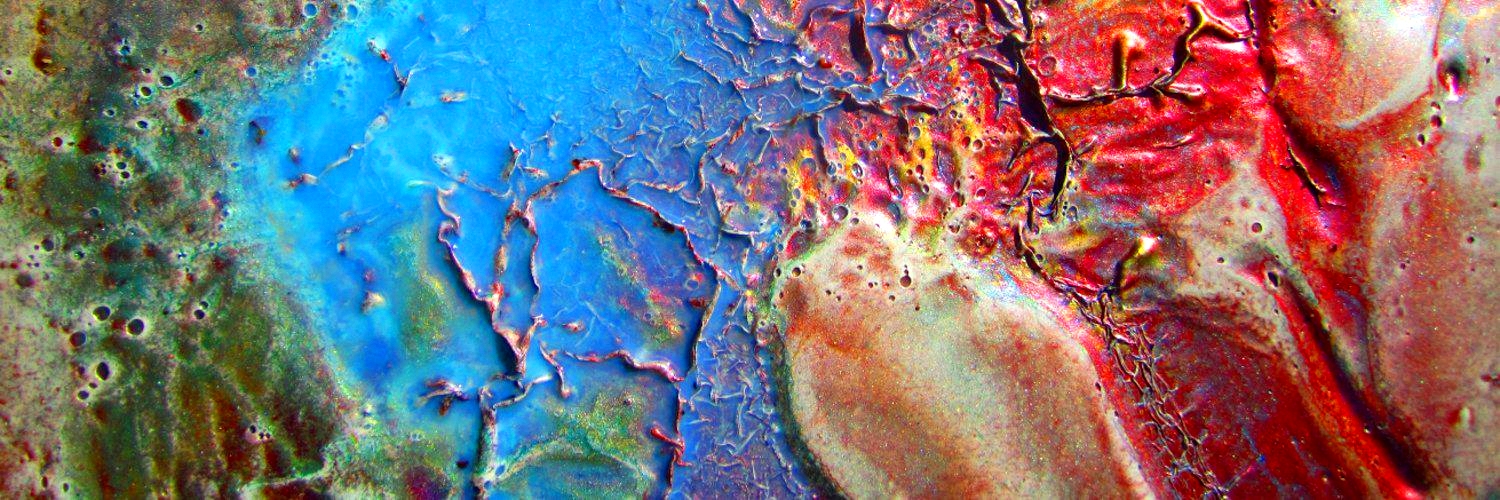Loren
I’m a natural process paint spiller, general cat utility, husbear, and occasional writer. Thank you for stopping by!
- 89 Posts
- 39 Comments
My artwork probably wouldn’t exist in the form it’s in now, if it weren’t for alluvial fans and river deltas being formed by sediment deposition in nature - I suppose that isn’t the same thing as soil art, but as long as the imagery is a result of or inspired by natural processes, then my vote is still “YES”. Thank you for posting!
I love how unique and beautiful his imagery is! I do wish he was a bit more scientific about his processes, but I suppose a healthy portion of “let’s just see what happens” is necessary in science!
You’re welcome, and I agree!
Not only allowed, but appreciated!

 3·1 year ago
3·1 year agoI’m just glad someone’s working on it, because I have no idea! 😅

 1·1 year ago
1·1 year agoI will, and thank you again also!

 2·1 year ago
2·1 year agoAnother thing that’s always intrigued me about it is that not only is it “analog”, it doesn’t even require electricity, at least for the audio portion. Sound waves could mechanically move a needle through warm wax which was spinning on a turntable at a regular rate with a hand-turned crank, across a screw drive. That needle would leave a spiral groove in a wax disk (or cylinder) that could be cast in metal using the “lost wax” method of casting. The reverse process would occur during playback, when the needle would read the data that was already recorded, and vibrate a mechanically amplified tympanum. I still don’t know enough about the image recording process to say whether that could be done without electricity, but I know that its inception and the development of electricity happened very close together. There’s no real reason I can think of why the Ancients could not have made something similar for recording audio and playing it back. The first phonographs did not use electricity!

 3·1 year ago
3·1 year agoThank you!! That is an amzing treasure trove of information! Sorry I called that a “laserdisc”! I knew it was a disk from my memory of the website where I found that GIF, but it’s so amazing to actually see it in all its analog glory. It is the precursor of the videodisk, not the digital laserdisk. I misspoke.

 4·1 year ago
4·1 year agoThat gif was originally saved as “first tv broadcast” when I found it years ago, but even though I’ve done multiple image searches I have not been able to track down that original image! I literally scoured the internet. Thank you for your help in researching it, can you point me to any links? It always seemed strange to me that we could even see “the first broadcast” unless he had also invented video recording, but laserdisks came a bit later.
I finally found that video and uploaded it… https://www.youtube.com/watch?v=wFVY_z2cVdo

 2·1 year ago
2·1 year agoI agree, thank you, and you are very welcome!

 3·1 year ago
3·1 year agoBetween the 2 factions (covert and overt), we seem to be covering a lot so far! There aren’t many doing the covert, just a few in large cities, but hopefully the mainstream acceptance will increase that, as well. I actually just realized a (completely unrelated) firm has bought the URL ecograffiti.com. …Not sure how I feel about that, exactly, but trying to stay positive. It would be much better if that firm actually DID eco-graffiti, but oh well.
Oh, and here’s how they’re doing this! https://www.wikihow.com/Make-Moss-Graffiti
I thought about this too… great use of that graphic! I bet you had no idea back then you’d be using it for this!
I had to remind myself that the two stars were also orbiting each other, so all of that would change periodically! The planet would have a “blue era” and a “red era” depending on which star was in front of the other. …Maybe?
I know!! And to imagine being on the surface of that planet, as the different zones passed over you… It would look like dusk came suddenly (red), then night which only lasted a few minutes, then “morning” (blue). …Like getting an entire tiny day within the normal one!
What’s also interesting to note is that binary+ systems are the norm apparently, so something like this has to be way more common than what I’ve dumbly stumbled upon in the simulator!

 1·1 year ago
1·1 year agoMt. Rushmore is a great example of the other side of that, thank you!

 2·1 year ago
2·1 year agoMe too! Yarn’s not really “permanent”, but it’s way more permanent than spore cultures, and I love that about these. Plus you can pick them up and handle them without wanting to wretch. lol

 1·1 year ago
1·1 year agoWelcome, I’m an artist too!

 3·1 year ago
3·1 year agoWelcome, and I like your artwork a lot!



I love it when the imaging process is every bit as fascinating and awe-inspiring as the process it illuminates!